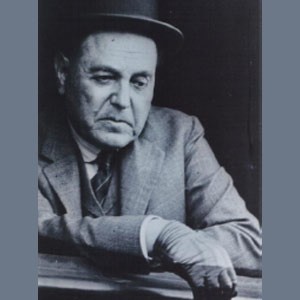
This is a photograph of Senor Dr. Hipolito Yrigoyen. He served as the President Elect of the Argentine Republic from 1916 to 1922 and 1928 to 1930. The 1916 election was the, “revolution of the ballot box” (244), meaning that Yrigoyen won the election through the support of the working-class and votes cast, not simply because of the support of a specific wealthy party. The 1916 election was won by popular votes from the people. His party, the Radical Civil Union, was backed primarily by the middle class, as were most nationalist parties of the twentieth century. Yrigoyen was successful in his campaign because he was able to mobilize the working class and gain their votes.
His presidency was different from prior presidencies in how he presented himself. Yrigoyen, “was a man of the people. He hated the elegant elite of Buenos Aires, and they hated him back… [he] framed politics in moral terms, as a kind of civic religion” (245). He was accessible to the people of Argentina and had little desire for fame and fortune. His presidency saw a sharp rise in nationalism due to the start of WWI and his commitment to, “an Argentine diplomatic tradition to resisting US hemispheric initiatives” (245). Yrigoyen represented urban interests over those of the landowning elite.
This source is intended for Argentine nationalists and the world. It depicts Yrigoyen as a simple man, thus demonstrating his commitment to living as his constituents do. In a nation going through spikes in nationalism and WWI, this image is vital because Yrigoyen is showing that he is as much a part of Argentina as the workers and middle class.
In later years with the rise of Peronism, very similar tactics would be used to mobilize the working class. Yrigoyen recognized the power this class held and therefore was able to get his middle-class political party to garner the support of the workers in opposition to the landowning elite of Argentina.
Works Cited:
Chasteen, John Charles. Born in Blood and Fire: A Concise History of Latin America. New York: W.W. Norton & Company, 2016.
